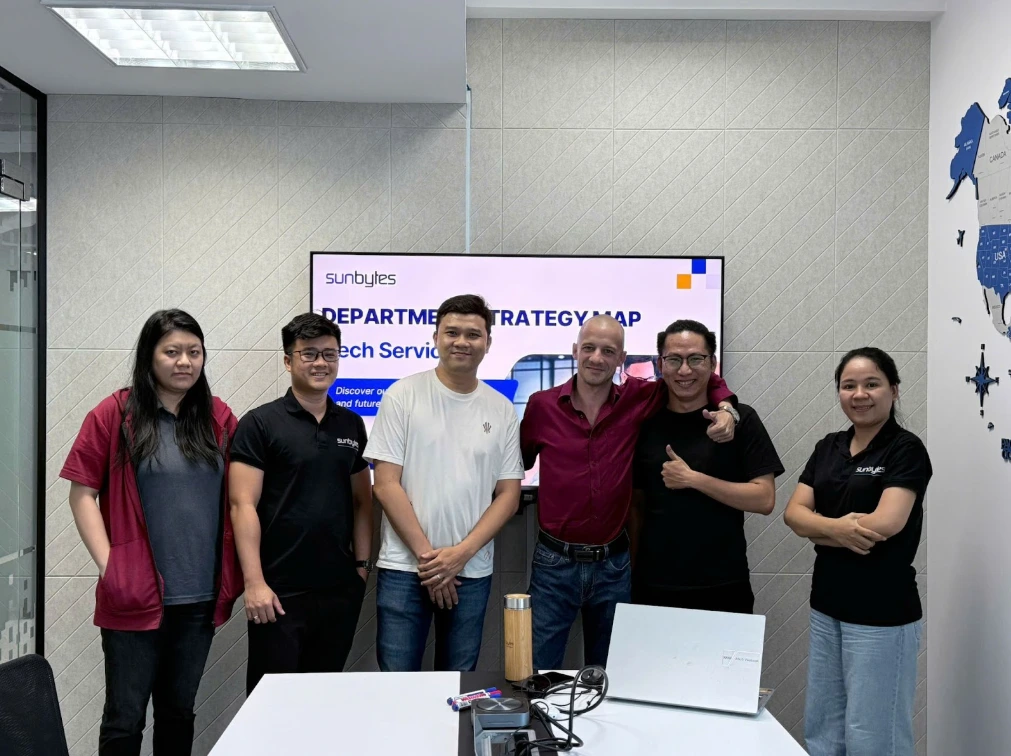In my experience of managing outsourced teams, productivity is often measurable in terms of volume: how many Jira tickets were closed, how many pull requests were merged, or how many hours were logged by a developer. These are easy to track and give the illusion of progress. However, what these numbers often fail to show is whether the work moved the product forward.
This is where performance enters the conversation. Performance isn’t just about how much you deliver; it’s about the value your delivery creates. It’s about aligning engineering output with meaningful outcomes: user satisfaction, technical resilience, and business growth.
Productivity vs. Performance: Why the Distinction Matters
Let me share an example from a past project – the outsourced teams closed 50 Jira tickets in a single sprint, all of which were related to minor UI updates and internal refactoring. On the surface, they appear highly productive. But when the product owner evaluates the sprint’s impact, they realize none of the updates contributed to solving a user pain point or delivering on a strategic business objective. In contrast, another team may have delivered only one feature, a feature that removed a major friction point in user onboarding and led to a measurable increase in conversions.
This is where we shift from quantity to impact. We measure real performance by the tangible benefits – such as enhancing user experiences, strengthening technical foundations, and driving sustainable business success.
What Traditional Outsourcing Gets Wrong
Most outsourcing models prioritize visibility and velocity over value. I’ve often seen teams get praise for appearing busy, for shipping continuously, and for keeping a steady pace. But without proper alignment with business context, this often leads to short-term thinking and long-term instability.
I worked with a client who had previously engaged a vendor that prided itself on sprint throughput. The team was shipping continuously, but behind the scenes, the foundation was eroding. The codebase was undocumented, untested, and written in a mix of local language and broken English, making it extremely hard to onboard new developers or perform meaningful reviews. There was no consistent architectural thinking – the database grew without design oversight, indexing was poorly managed, and as a result, critical queries began slowing down the entire system. Everything technically “worked,” but nothing was sustainable. Productivity was visible in the form of frequent commits and fast sprints. However, performance was an illusion waiting to collapse under scaling pressure.
These models also suffer from communication gaps. Developers often handle granular tasks, but not the context behind them. They are hired to execute, not to think. That’s not just a missed opportunity, it’s a structural flaw.
My Approach to Performance at Sunbytes
At Sunbytes, I push for a different approach. I don’t see our dedicated developers as ticket processors. I see them as technical partners. That means embedding purpose, context, and responsibility at every level of the delivery process.
Some Context
In one recent project, I partnered early with a client who was exploring AI features as part of their product roadmap. While we hadn’t yet embedded a full team, I worked with their product stakeholders to challenge assumptions and guide solution design from the beginning. When the client initially requested an AI-based feature, I paused to assess whether it truly made sense for their business. I helped them evaluate the operational cost, long-term maintenance, and actual value. Rather than delivering what was initially requested, I proposed a simpler and more sustainable alternative that still solved the underlying problem without incurring unnecessary complexity.
This approach ensured that the solution was aligned not only with technical feasibility but also with business viability. Instead of rushing into development, I helped them step back and evaluate what solution truly aligned with their business model and operational capacity. This level of engagement is what I believe differentiates delivery from impact: advising on the right solution before writing the first line of code.
The Right Metrics
I measure performance by metrics that reflect real-world outcomes: features that users adopt, incidents that never happen because risks were foreseen, velocity to production with confidence, and a codebase that remains clean and maintainable over time. While development hasn’t started on the AI-related project mentioned earlier, I’ve already applied this thinking in early conversations, raising essential questions about business alignment, sustainability, and long-term ownership. This proactive mindset is what I foster for our dedicated software development teams: not just delivering work, but delivering well-informed, well-designed solutions that stand the test of time.

Here are key metrics you can apply to effectively manage quality in your outsourced development projects.
The AI Factor: Multiplying Productivity, Demanding Clarity
AI is making outsourced teams faster, especially in software development. Tools like GitHub Copilot, AI-based test generation, and smart documentation assistants enable developers to move with unprecedented speed. I see this shift as a great opportunity, but also a critical moment to pause and think. Read how AI can enhance each stage of the modern product development life cycle to stay ahead of the trend.
I actively empower our teams to integrate AI into their development workflows, but I insist on doing so deliberately and responsibly. It starts with education and reflection: through internal innovation sessions, shared discussion channels, and technical leadership engaging in one-on-one conversations with team members, we explore not just how to use AI, but how to use it well.
My focus is on ensuring that AI enhances productivity without compromising performance. I constantly challenge our team to ask: Is this AI-generated code maintainable? Will it scale? Are we still designing for clarity and long-term ownership? That’s how we turn raw productivity gains into meaningful, sustainable performance improvements.

AI should not replace thinking. It should free up your team’s time to think better. That’s why real, contextual, high-quality impact performance matters more than ever in an AI-enhanced development environment.
From Vendor to Partner: The Cultural Shift
One of the reasons our client retention is so high is that I never show up as just “the external outsourced teams.” I make it my mission to embed our teams into the client’s goals, product culture, and rhythm. That means understanding the roadmap, contributing proactively, and delivering with autonomy.
For example, on a health tech project, I noticed during a standup that the product roadmap didn’t account for GDPR compliance in a new feature. I raised the flag, collaborated with the client’s DPO, and ensured compliance before launch. That’s not something you get from a productivity-focused vendor. That’s a performance-focused partnership.
The mindset shift here is simple: from doing the work we are told to do, to becoming a team that helps define what needs to be done.

For Decision-Makers: What to Ask Instead
If you’re working or considering hiring a dedicated software development team, here are the questions I recommend you ask yourself:
- Are we getting tasks done, or are we solving the right problems?
- Do our developers understand our business goals?
- Are we creating a codebase that will scale in 6 months, or just survive today?
- Are team members contributing ideas, or just checking boxes?
These are questions about performance, not just productivity. And when they guide your vendor evaluation, you’ll not only ship faster, you’ll ship smarter.
Final Thought: Performance is the Real ROI
I believe productivity is the engine. But performance is the destination.
In a world increasingly shaped by automation and artificial intelligence, what will differentiate your product and your outsourced teams isn’t how many features you can ship, but how well you ship the features that matter.
I’m here to make sure every hour, every sprint, and every line of code moves you closer to that goal. Explore our success stories to see how we’ve delivered real-world results for our clients, going beyond theory.


